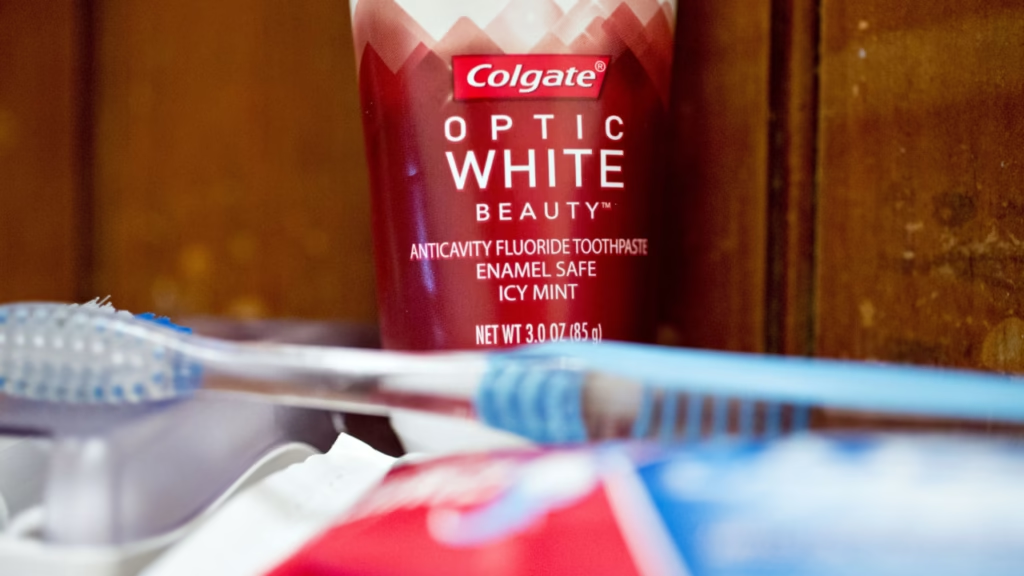Colgate-Palmolive, one of the world’s most trusted consumer goods companies, is making headlines again. This time, it’s not about a new toothpaste variant or a fresh marketing campaign. Instead, Colgate price increases are back in the spotlight, as the company plans another round of hikes to counter slower sales growth and rising production costs.
The company has already raised prices several times over the past year. But it appears that even those increases weren’t enough to fully protect margins. Now, with inflation continuing to bite into global supply chains and consumer behavior shifting, Colgate says it will raise prices again in key markets to balance its books.
This article explores why Colgate is raising prices again, what it means for consumers, and how this move fits into the bigger picture of today’s global economy.
Why Is Colgate Raising Prices Again?
There are two main reasons behind the latest Colgate price increases:
- Slower Sales Volume
While Colgate’s revenues are growing in some markets, much of that growth is coming from higher prices—not from people buying more products. In fact, Colgate reported that actual unit sales have slowed in several categories, especially in emerging markets where consumers are feeling the pinch of inflation. - Rising Operational Costs
From raw materials to packaging and transportation, the cost of doing business has gone up significantly. The global supply chain is still recovering from pandemic-era disruptions. Add to that the ongoing effects of geopolitical tensions, higher energy prices, and labor costs—and it’s easy to see why Colgate is feeling the squeeze.
CEO’s Statement: Inflation Still a Threat
Colgate-Palmolive CEO Noel Wallace confirmed during the company’s recent earnings call that inflation remains a serious concern for the company. He stated:
“We continue to see input cost inflation across many areas of our supply chain. While some prices have stabilized, others are still above pre-pandemic levels. To protect our margins and continue investing in innovation, additional pricing actions are necessary.”
This move is part of Colgate’s broader strategy to maintain profitability even as global conditions remain uncertain.
Colgate’s Past Price Increases: A Recap
This isn’t the first time Colgate has raised its prices in recent quarters. In fact, the company has gradually been increasing prices across its product lines since early 2022. Some highlights include:
- Toothpaste and Oral Care: Prices in this segment have gone up by as much as 10% in some markets.
- Personal and Home Care: Soaps, detergents, and other household items have also seen steady price hikes.
- Pet Nutrition (Hill’s): Even pet food has not been spared, as the Hill’s brand has seen its own round of price adjustments.
Despite these increases, Colgate says consumer loyalty has remained strong, especially in premium segments.
How Are Consumers Reacting?

The reaction to Colgate price increases has been mixed.
In Developed Markets (U.S., Europe): Many consumers continue buying Colgate products, absorbing the price hikes or switching to smaller pack sizes to control spending. The brand’s reputation and perceived quality have helped cushion the impact.
In Emerging Markets (Asia, Latin America): The price sensitivity is more apparent. Some consumers are switching to local or cheaper alternatives, which has led to a dip in volumes for certain products.
Interestingly, Colgate has also noticed a shift in consumer behavior. Many shoppers are buying larger packs for better value or choosing combo deals when available.
Balancing Price and Innovation
While price increases are necessary, Colgate says it isn’t relying solely on price hikes to grow. The company is also focusing on:
- Product Innovation: New product launches in the oral care and personal care segments, including eco-friendly and high-performance variants.
- Digital Transformation: Strengthening e-commerce and direct-to-consumer channels to tap into new buying trends.
- Marketing Spend: Continued investment in brand building and advertising to reinforce value and trust.
These moves are designed to keep the brand competitive even as prices go up.
What Does This Mean for the Industry?
Colgate’s pricing strategy reflects a larger trend across the FMCG (fast-moving consumer goods) sector. Companies like Procter & Gamble, Unilever, and Nestlé have also raised prices in recent quarters to deal with inflation.
What sets Colgate apart is its relatively high brand loyalty in the oral care segment, which gives it some room to maneuver. However, the company must still walk a fine line—raise prices too high, and it risks losing customers to more affordable competitors.
Impact on Shareholders and Stock Performance
So far, the market has responded positively to Colgate’s ability to manage margins through pricing. The stock has shown resilience even in volatile conditions.
Key highlights from the latest financial report include:
- Net Sales Growth: Overall sales rose by 5–7% year-over-year, largely due to pricing.
- Operating Margins: Margins held steady or slightly improved in most regions.
- EPS (Earnings Per Share): In line with Wall Street expectations, boosted by cost control and pricing actions.
Investors are watching closely to see whether the next round of price increases will sustain this momentum.
Challenges Ahead for Colgate
Even as Colgate plans more price increases, challenges remain:
- Consumer Fatigue: How much more will people pay for toothpaste and soap before they switch?
- Retail Pushback: Retailers may resist passing on more costs to customers.
- Private Labels & Local Brands: These are gaining traction, especially in inflation-hit markets.
Colgate’s leadership has acknowledged these risks but maintains confidence in the company’s ability to navigate them.
Expert Opinions: Pricing Strategy in an Inflationary World
According to retail analysts, Colgate’s strategy is pragmatic. But success will depend on execution.
“Colgate is betting on the strength of its brand and customer trust. The risk is that repeated price increases without clear added value could hurt loyalty over time,” said Michael Levin, a consumer goods analyst.
Some experts also note that Colgate must find a balance between protecting margins and maintaining market share.
What’s Next for Colgate?
Looking ahead, Colgate will likely:
- Continue with targeted price increases, especially in high-cost regions.
- Push more premium offerings with value-added features (like whitening or natural ingredients).
- Expand its sustainability messaging to justify higher prices.
- Focus on supply chain efficiencies to minimize the need for future price hikes.
If successful, Colgate may not only protect its profits but also strengthen its brand equity in the long run.
Final Thoughts: Can Colgate Hold Its Ground?
In a world of rising costs and shifting consumer habits, companies like Colgate are forced to make tough choices. Colgate price increases are a calculated move to stay ahead in uncertain times. While there are risks, the company’s strong market position and continued focus on innovation give it a fighting chance.
Consumers, however, will be watching closely. As wallets tighten and options increase, brand loyalty can only go so far. Colgate’s challenge will be to keep delivering value—even as it charges more for it.
Do Follow USA Glory On Instagram
Read Next – Wal-Mart de Mexico CEO Caride Resigns: A Leadership Shift at the Top






